The photo released by the White House depicting President Barack Obama and Vice President Joe Biden along with members of the national security team during a briefing on the mission to capture or kill terrorist Osama Bin Laden is rapidly rocketing up to becoming the most-viewed photo on Flickr of all time:

The photo is fascinating for capturing what must’ve been breathless moments when the President, the military and our covert operations organizations wondered if the long search for Osama would at last prove successful.
But, what immediately caught my eye were the documents cast casually before Clinton in the photo — what were they of, and could they be revealing more than the government intended in a picture released to the public? At a glance, I expected they were satellite and/or aerial photos of the compound that Osama had built for himself to hide in. The caption paragraph of the photo page on Flickr apparently even refers directly to it, saying, “Please note: a classified document seen in this photograph has been obscured.” That really draws attention to it! It must be something interesting/cool, if it must be hidden!
I clicked on the magnifying-glass button in Flickr, to view that section of the photo with larger resolution. When viewing the original size, you can see that, indeed, the top document has been pixelated out:

As a side note, isn’t it interesting that there are special White House coffee cups, apparently, with the presidential seal on them? Apparently they don’t do Starbucks at the White House.
I still wonder, though, did they obscure it enough? It’s not unusual for the government to redact sensitive words or other information out of documents, but in this high-tech world it’s moderately risky to allow out photos, even when you try to blur out sensitive information. As I’ve proved before, blurring and pixelation can sometimes be reversed. The type of blurring or bitmapping done to the White House Situation Room photo is pretty lossy — the person who did it would no doubt believe it could not be reversed, since so much information from that area of the photo has been discarded in the process.
Yet, in that part of the picture alone, one could apply image algorithms which would attempt to reverse out the blurring by trying to enhance the elements of the picture that are left. This requires a form of interpolation to rebuild/replace the many pixels in between the blocks of color which resulted from an averaging of the original pixels. For each large block of continuous color, there were originally many pixels in their place which got combined/averaged into a median color. From the lighting in the photo, the color of each pixel, and the context of colors around each, an algorithm could attempt to interpolate and rebuild the picture. Interpolation is a form of mathematical guesswork, so there’s a high degree of inaccuracy involved — even so, the results can be surprising at times.
There are even more advanced algorithms which can reduce noise out of images (such as for medical imaging) or which can build out missing parts of photographic images based upon photographic commonalities. (more…)
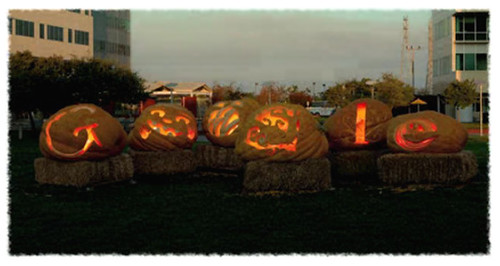
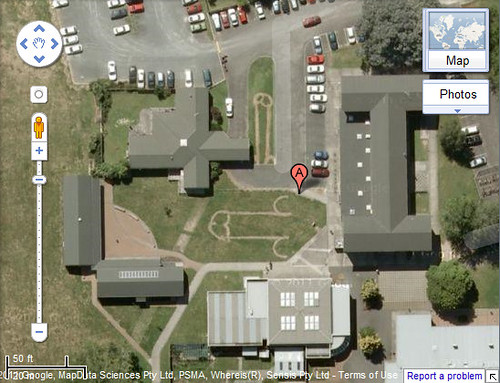


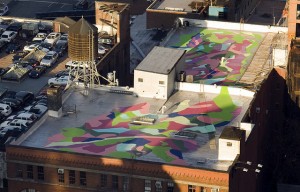

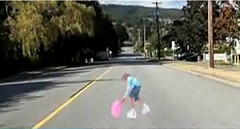
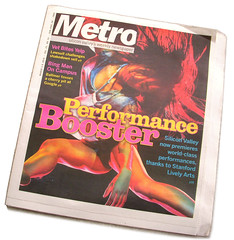

Google’s Dracula Logo
Thursday, November 8th, 2012I can’t resist mentioning Google’s Dracula themed logo today celebrating the 165th birthday of Bram Stoker!
Sponsored search results associated with Google's Bram Stoker logo. (Click to enlarge.)
The logo presents scenes from Stoker’s Dracula uber-famous vampire book, done up in a woodcut-illustration style very reminiscent of the illustrations of Aubrey Beardsley, from the same time period. Dracula was published in 1897.
What may be more significant for search marketers, however, is the special search results page the logo is linked-to, which features Bram Stoker-related books, the Sponsored “shop for” sidebar box and the Wikipedia entry highlights box, along with the usual Universal Search items peppered through the search results listings: news search, author-tagged posts, video and image search results.
This logo and associated search results treatment seems to be specifically designed to help propel featured sponsor ad clicks, as well as to promote Google’s robust search results features.
It calls to question — will Google continue to specifically try to monetize their future Google Doodle logos in a similar fashion?
Tags: advertising, Bram Stoker, Dracula, Google Doodles, Google Logos, search monetization, sponsored ads, vampires
Posted in Advertising, Art, General Commentary, Google, Images | Comments Off on Google’s Dracula Logo